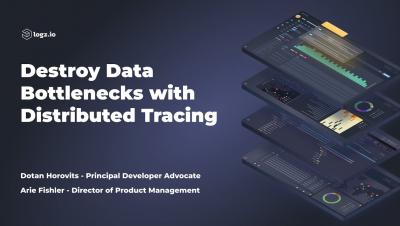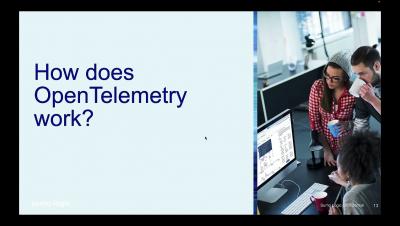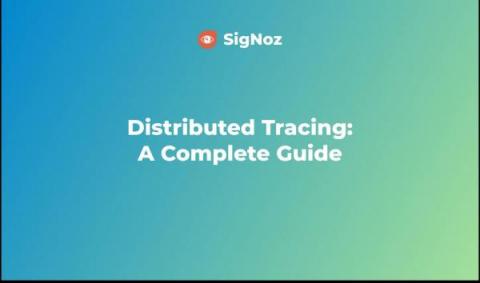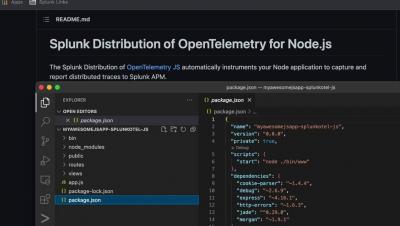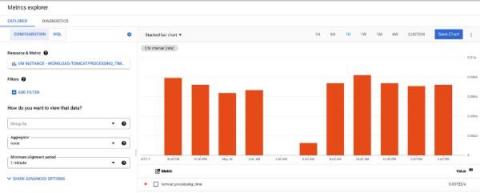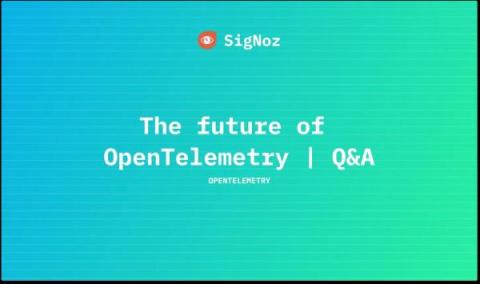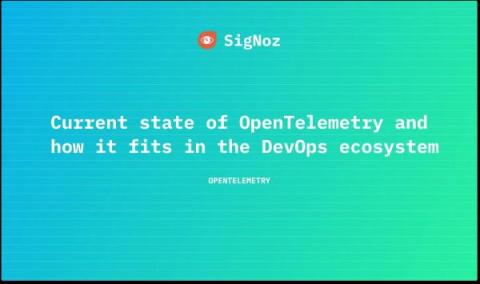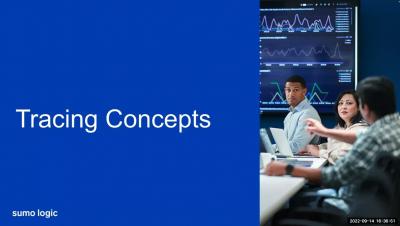Operations | Monitoring | ITSM | DevOps | Cloud
Tracing
The latest News and Information on Distributed Tracing and related technologies.
OpenTelemetry Workshop
Join Sumo Logic's own Kevin Burtt for a workshop on how to get the most from OpenTelemetry, a vendor-agnostic collection method.
Getting Started with OpenTelemetry: Three Companies Check Into OTel Observability
Comprehensive observability starts with good instrumentation. OpenTelemetry, aka “OTel,” sets a unified standard, enabling you to instrument your applications once, then send that data to any backend observability tool of choice. OpenTelemetry’s standard for generating and ingesting telemetry data is slated to become as ubiquitous as current container orchestration standards. Because of this, development teams are increasingly adopting OpenTelemetry to their applications.
What is Distributed Tracing and How to implement it with Open Source?
Distributed tracing helps you track requests across services and understand issues affecting your application performance. In distributed cloud architecture, debugging performance issues is complicated. Distributed tracing gives visibility to teams on how a user request performs across different services, protocols, and cloud infrastructure. Let’s start with a brief overview of distributed tracing.
OTEL Me More: A quick start guide to OpenTelemetry-JS and Express
This video provides a walkthrough of the Auto-Instrumentation of OpenTelemetry-JS and Express JS to output trace data to the console.
OTEL Me More: Splunk-OTEL-JS and Express emitting to an OTEL Collector
This video provides a walkthrough of the Auto-Instrumentation of OpenTelemetry-JS and Express JS to route data to a local OpenTelemetry Collector to Splunk Observability Cloud.
How to Reduce Data Costs with OpenTelemetry and BindPlane OP
Data costs fill a large column in many organizations’ accounting sheets. Data pipeline setup and management is a large time sink for DevOps, IT, and SRE. Setting up telemetry pipelines to reduce unwanted data often takes even more time that could better be spent creating value rather than reducing costs. This blog will show you one way to quickly set up your data pipeline to filter unnecessary telemetry data.
The future of OpenTelemetry | Q&A
OpenTelemetry is an open-source project under the Cloud Native Computing Foundation(CNCF) that aims to standardize the generation and collection of telemetry data. The telemetry data helps developer, DevOps and IT teams to keep a check on their application health. The telemetry data collected by OpenTelemetry consist of logs, metrics, and traces. Together, they are used for performance monitoring and observability in distributed systems. At SigNoz, we are building an OpenTelemetry native APM.
Current state of OpenTelemetry and how it fits in the DevOps ecosystem | Q&A
OpenTelemetry is an open-source project under the Cloud Native Computing Foundation(CNCF) that aims to standardize the generation and collection of telemetry data. The telemetry data helps developer, DevOps and IT teams to keep a check on their application health. The telemetry data collected by OpenTelemetry consist of logs, metrics, and traces. Together, they are used for performance monitoring and observability in distributed systems. At SigNoz, we are building an OpenTelemetry native APM.
Tracing Troubleshooting
Join Sumo Logic Professional Services Consultant Bhargavi Ketha as she takes you through the in and outs of Tracing with Sumo Logic and how to avoid common errors and issues in this Illuminate Workshop.


